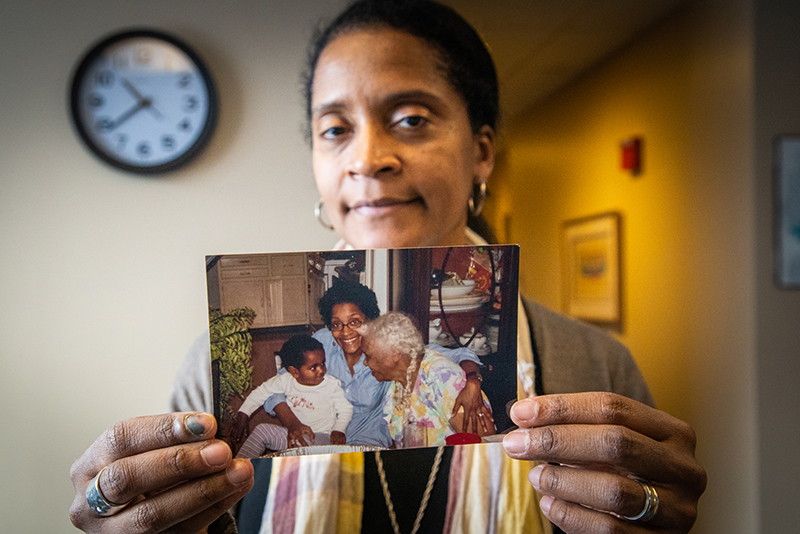Inside a police station in New Delhi sat a crying, beaten young boy, when UVM associate professor of anthropology Jonah Steinberg wandered in to ask for directions. The boy was difficult to miss, with blood on his face and hair. A police officer explained that the boy had run away from home and that an NGO worker had done this to him.
Throughout his time in India, Steinberg continually encountered children in trying circumstances or outright peril. “The presence of death was shocking to me,” he says. For more than a decade, Steinberg built relationships with many of these children and compiled their stories for an ethnographic exploration of the cultural, social and historical forces that draw them away from their rural Indian homes and into high-risk cities. His latest book, “A Garland of Bones: Child Runaways in India” serves as a meditation on the issues at play in such scenes and lives and illuminates this highly marginalized population.
Steinberg acknowledges that images of Indian street kids—which the runaways are commonly called—can be striking to Westerners as embodying something “markedly foreign” from the childhood that they themselves experienced and perceive to be “normal.” Under the spotlight of popular films like “Lion” and “Slumdog Millionaire,” Indian street kids have become associated with a loss of innocence, poverty, abandonment and peril. However, despite Euro-American assumptions, “those kids aren’t straightforward victims of pure poverty and abandonment,” explains Steinberg. The peril, however, is real.
The majority of street kids featured in Steinberg’s book are not abandoned, but often actively choose to leave troubling situations at home. They travel hundreds of miles, usually via train, to populated cities where they may ultimately acquire work. Many die, but nearly all face some degree of daily threat—getting struck by trains and cars, drug addiction, disease and illness, human trafficking and sexual exploitation, to name a few. Some kids return home, but most do not. Some, like the boy at the police station, are acquired by corrupt charities or NGOs and either sent home against their will or held in facilities against their will. Some of those facilities may even be abusive. So why would they choose to live this life?
Over the course of his work, which was supported by a grant from the National Science Foundation, Steinberg says many of the children he came to know cited familial abuse and poverty in their villages as reasons for running away. Yet, Steinberg notes, those children had the autonomy and resources to physically leave. “On one hand, it appears to be a choice to run away, but on the other, it’s also a lack of choice. There are large historical forces at work that make rural livelihoods more difficult and stressful,” he says.
As an anthropologist, Steinberg strives to connect swaths of history to contemporary life. In “A Garland of Bones,” he makes the case that runaway children are pushed by centuries of history to leave their rural lands. For example, Indian indigo farming during British colonialism in the 1800s indebted families, devastated once-fertile lands and resulted in massive agrarian exploitation at the time. Two hundred years later, villagers on those same lands still suffer from depleted soils and inescapable poverty, which causes high stress and preventable illness among families. Today, Steinberg says those lands yield high numbers of runaway children, who might flee after a family member dies or abuses them.
“That’s not something that can absolutely be proven,” Steinberg says, “but the book is more of a meditation on that process. It looks to disrupt what we think of as normal. Poverty is directly related to vast systems of history, of which we’re a part.”
Source: UVM News


